C64 DiskMagazine: Vandalism News #67
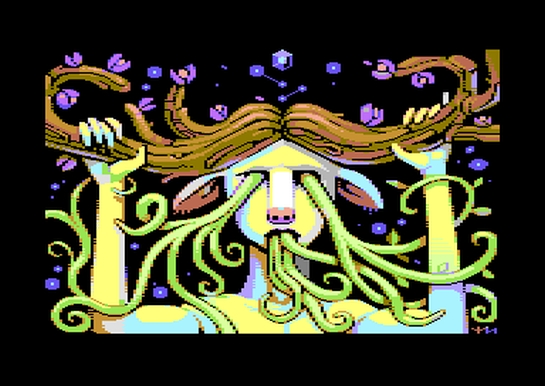
Onslaught / Offence / Vandalism News Staff, bring to you the 67th issue of the Vandalism News.
Download:
source: csdb.dk

Onslaught / Offence / Vandalism News Staff, bring to you the 67th issue of the Vandalism News.
Download:
source: csdb.dk
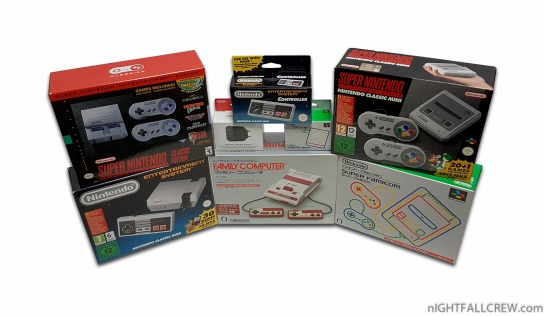
Complete collection of Nintendo Classic Mini & Accessories.
There is not much to say about this photo, i love Nintendo and i wanted all versions of Nintendo Classic Mini.
Gallery:
NEW TAG: C64 BIG GAME PACK
Some new games or tools (Cracked / Trained or Unrealeased) for Commodore 64 have been released from your favorites groups.
Titles:
Download: All Games in One Archive (4767)
source: csdb.dk
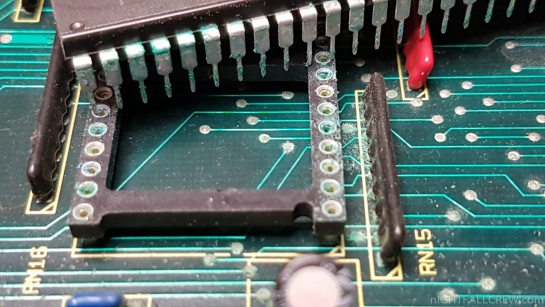
Works that have been made on this Amiga 2000:
Gallery:
 source: ebay.fr zimmers.net
source: ebay.fr zimmers.net
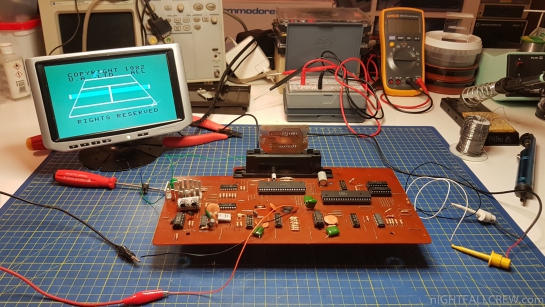
Hanimex 2650/Arcadia 2001/GIG Leonardo (loose) Repair & Composite Video Output.
I start to say that this motherboard was not in repair but in one box of spare parts. I have only the motherboard of this console, no external case, joystick, power supply … totally useless.
Past and present defects:
Repair and Video Composite modding:
Gallery of the repair:
Download:
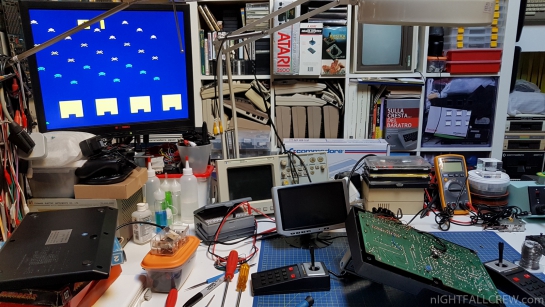
This Video Composite MOD needs some work unlike other similar consoles, you need to remove a resistor and insert a trimmer, otherwise the Video Composite output signal is really bad.
Works that need to be done:
Before closing everything i recommend to adjust the trimmer for the best Video output.
Gallery of the Video Composite MOD:
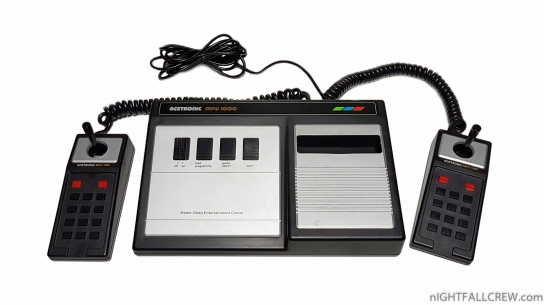
The 1292 Advanced Programmable Video System (Acetronic MPU-1000) is a home video game console released by European company Audiosonic in 1978.
It is part of a group of software-compatible consoles which include the Interton VC-4000 and the Voltmace Database. The 1292 Advanced Programmable Video System included its power pack inside the console instead of an exterior power pack.
Specifications:
Graphics:
Misc:
User programming:
An expensive (£49 in the UK in 1977) Hobby Module was available which gave 6.5 kb of user-programmable memory and had a 5 pin DIN socket to allow software to be saved to a cassette tape player.
This converted the unit into a halfway house between a home computer and an ordinary gaming console.
The user had to be familiar with programming in Signetics 2650 assembly language and the unconventional ways and register architecture of the Signetics 2650 processor. For example, on many other processors an opcode 0 indicates “no operation” whereas on the 2650 it instructs the processor to Branch To Address In Immediate Register B.
This was a source of many software debugging hassles for budding home programmers.
Gallery:
source: wikipedia
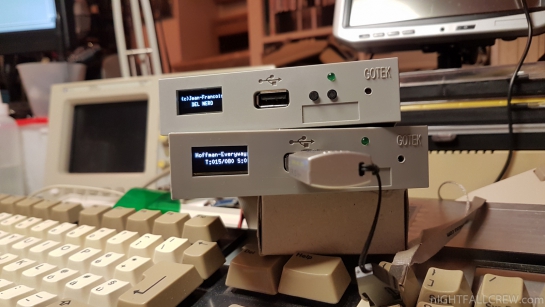
Gotek HXC Alpha Firmware with OLED Display.
You can download here the Alpha Firmware Update.
Gallery:
source: hxc2001.com
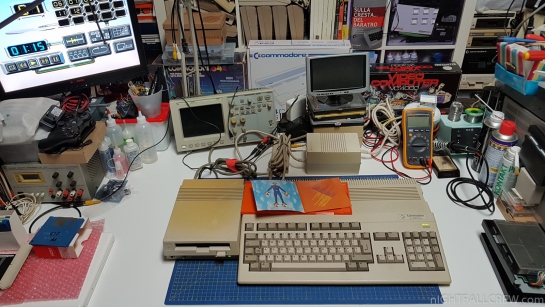
Commodore Amiga A570 Restoration.
I have received two retro things in very bad conditions.
… but for now we are talking about the Commodore A570.
The Commodore A570 have serious problems that i list below:
Works that have been made:
Work still to be done:
Aesthetically is very bad but at least works.
Gallery of the restoration:
Video:
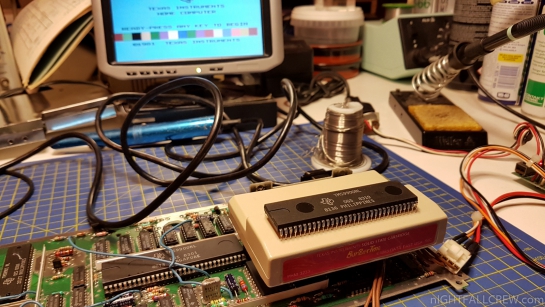
Texas Instruments TI-99/4A Repair (1 of 3)
Defect:
Replaced parts:
Personal note that is good for all repairs:
Repairs are done with experience and skill, if there is skill does not mean that there is also the experience.
Repairing any electronic things by desoldering everything to find the bad components is not an index of experience but only ability.
Gallery of the repair:
—————————————————————————————————————————————————-
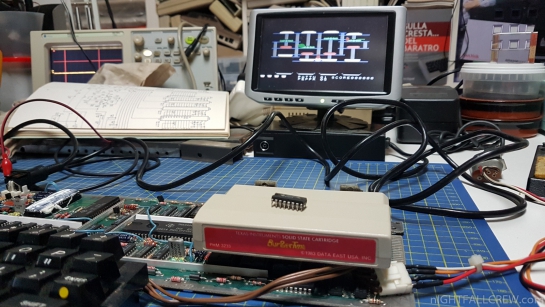
Texas Instruments TI-99/4A Repair (2 of 3)
Defect:
Replaced parts:
Gallery of the repair:
—————————————————————————————————————————————————-
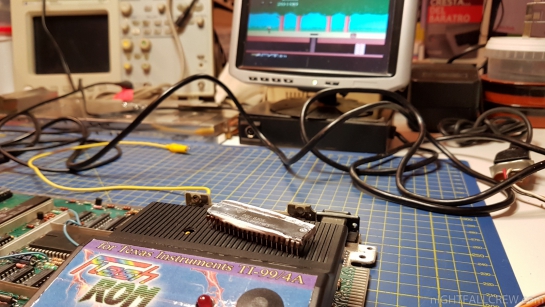
Texas Instruments TI-99/4A Repair (3 of 3)
Defect:
Replaced parts:
Gallery of the repair:
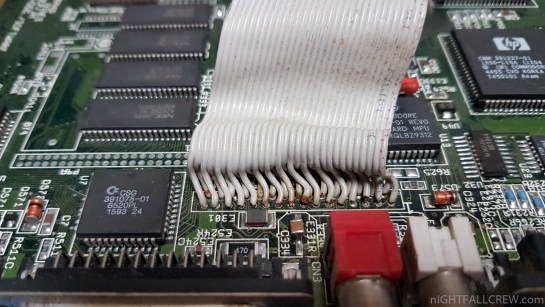
Restored the original Amiga A1200 keyboard connector.
I don’t say anything about the fucking work done before.
Gallery:
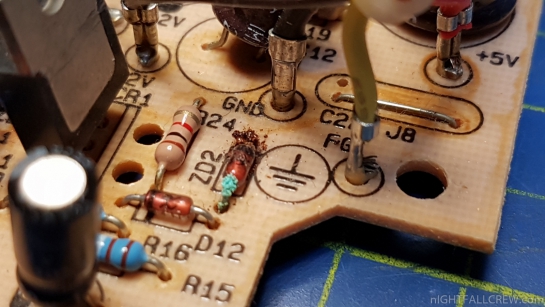
Commodore Amiga 500 Power Supply Repair.
Defect:
Repair:
All the other electrolytic capacitors have been removed one by one and tested, they are good.
Gallery of the repair:
Recent Comments